What is the best foam board insulation under drywall?
I live in Climate Zone 6 in a low humidity, cold, and snowy environment. Heating only no cooling. Currently have T1-11 siding, tar paper, R13 FB insulation, and the interior finish is 1/4 plywood panels.
The siding is in OK shape but I really want the plywood panel interior gone and replaced with drywall. My idea is to tear out the plywood and remove the old FB insulation. I would like to replace with R15 Rockwool and about 1" of foam board insulation attached to the stud and seams taped. Then I would set 1/2" drywall on top of the foam and attached with long screws.
Does this sound like a good plan? Would anyone suggest against using Polyiso insulation as it does not do good in cold environments? Please let me know your thoughts








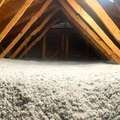

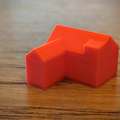



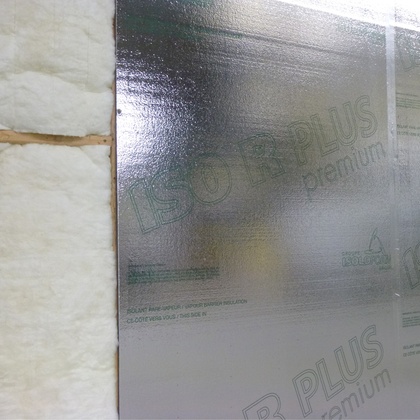
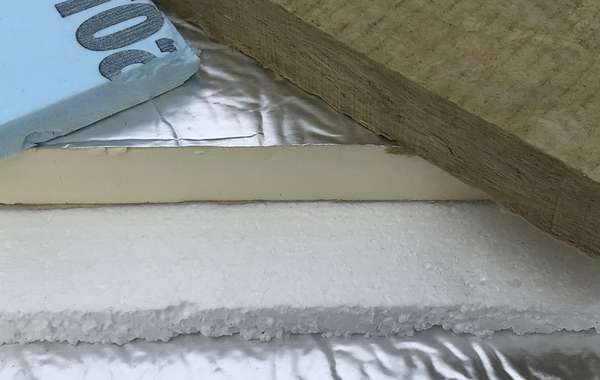
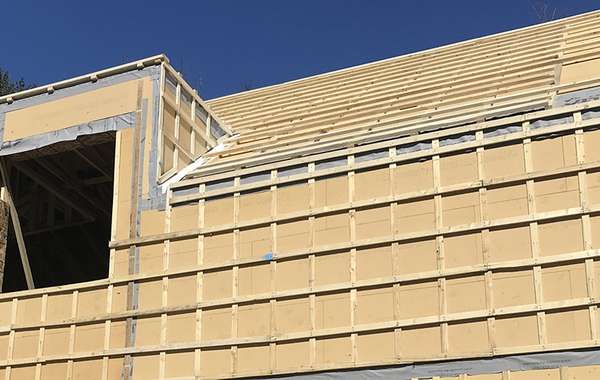
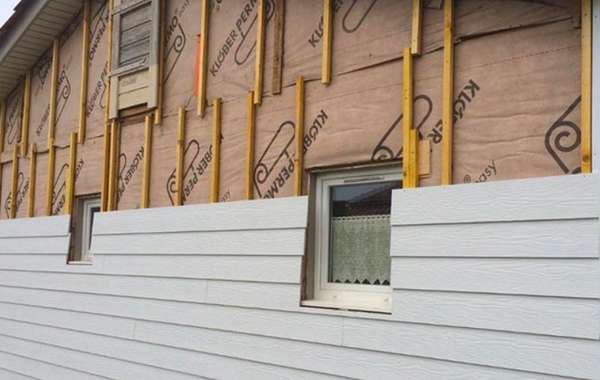

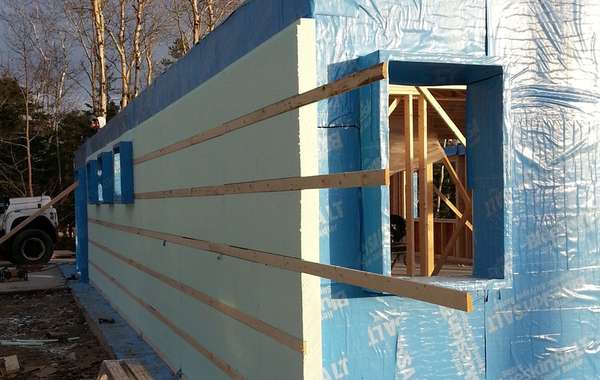
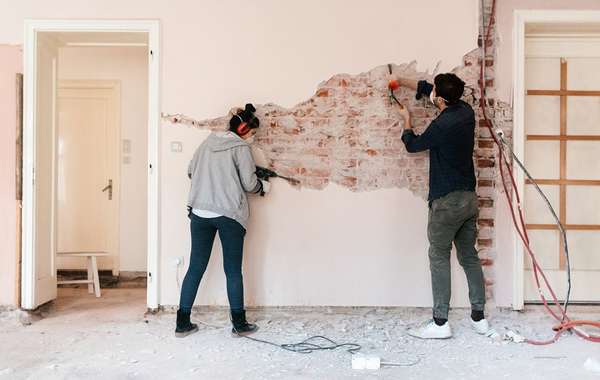
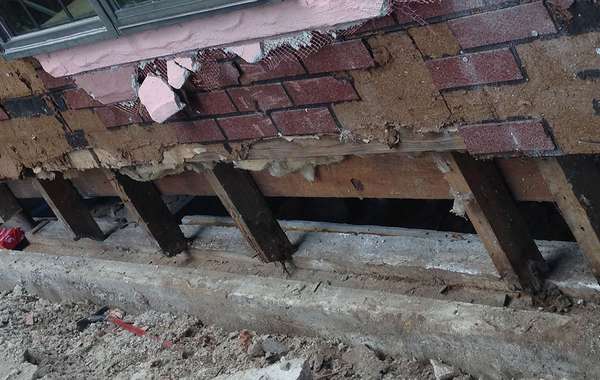
I think that’s a fine plan. We really like mineral wool insulation for the fact that it has high recycled content, it handles incidental moisture far better than fiberglass insulation, it has a higher R value per inch than fiberglass and it’s a good for soundproofing. You’re right about polyiso insulation and its reduced performance in cold weather, you may have read that here but we do have a page all the different options for rigid insulation –
Rigid insulation panels: which are best and where to use them
While most insulation materials actually perform a little better the colder it gets, polyiso is the opposite and its R value tends to drop when it is exposed to cold temperatures, which is not a characteristic that is what you would call ‘appealing’ about insulation, that it fails you when you need it most! In reality it still works, just not as well as the manufacturers may claim, and it isn’t a catastrophic drop. But overall we do like it, since it has a higher R value per inch that EPS, yet it uses blowing agents with the same GWP (Global warming potential). But in your case, the way you would be installing it is perfect, on the interior of the wall where it will stay much warmer and perform optimally. So I would say go for it.
And there is another big benefit to using polyiso rigid insulation panels on the interior as you plan, it has a built-in vapor barrier with the foil barriers on either side. So you wouldn’t need to add a 6-mil vapor barrier afterwards, you just need to tape the joints. There is some evidence of panels shrinking, so to be safe I would go for a higher quality tape than the standard rolls of red tape you will find in building stores. Something with a better adhesion and a bit of flex will help to ensure an air tight seal.
One thing I would point out, is that for the effort of going around the house with all the rigid boards, is that a 2 inch panel instead of 1 inch would boost your wall performance by somewhere are around 20%, but that's only if you can spare the space.
Hi,
Hopefully this article isn't too old to receive comments and questions. I see a couple of characteristics discussed but one is missing. Or perhaps it's just persumed and I'm not catching it. Polyiso foam board can address water vapor and insulating performance, as discussed, but what about compressive strength? Will the polyiso crush or deform in some manner when you drive the drywall screw through the sanwiched drywall/Polyiso/stud configuration? If not initially, what about over several years? Thanks for sharing your knowledge.
Hugo V.
Hi Hugo,
I would not worry at all about it compressing while attaching it to a wall, it behaves pretty much the same as EPS rigid foam in that cirmcumstance. Any compression would be right where the screws are, it would be insignificant, and once it's attached to a wall it would not compress any further.